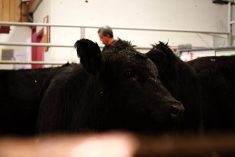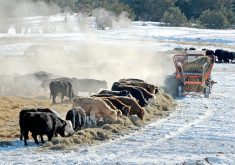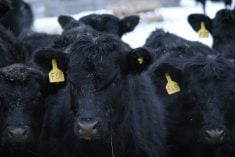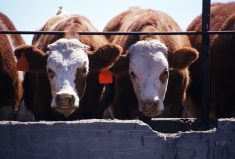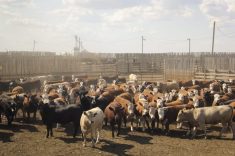Compared to last week, western Canadian yearling prices were down $3-$6 on average while calf values dropped $5 to as much as $10 in some cases. Most auction barns held feature yearling sales last week; there were small groups of calves available but the market was quite variable and hard to define in the lighter weight categories.
Strength in the Canadian dollar was the main factor setting a defensive tone. Southern Alberta markets came in line with the rest of the Prairies this week. Buyers were inundated with negative news, from hurricanes to out-of-control fires. The robust excitement from earlier August appears to have worn off as smoky conditions set a dark cloud over the market (no pun intended). Major feedlot operators in Alberta were hesitant to transport cattle under these conditions; therefore, the market appeared to incorporate a risk discount. Alberta packers were buying fed cattle in the range of $134-$136, approximately $5-$8 below breakeven pen closeout values.
Read Also
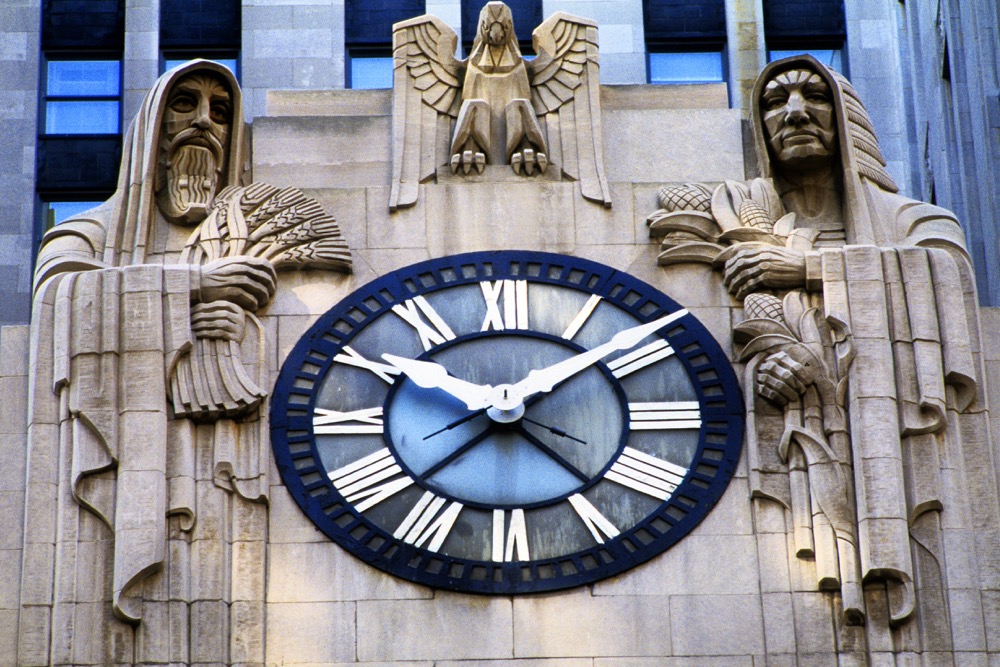
U.S. grains: Corn and wheat futures firm on brisk exports, softer dollar
U.S. corn and wheat futures firmed on Thursday, supported by brisk export sales and a softer dollar, which tends to make U.S. grains more competitive globally, analysts said. Soybean futures clung to modest gains.
In central Alberta, medium- to larger-frame Angus low-flesh steers averaging 950 lbs. traded for $178 while 900-lb. similar-quality heifers moved at $165. In southern Alberta, 940-lb. medium- to lower-flesh tan steers were quoted at $183 delivered feedlot. Charolais-cross steers weighing just under 850 lbs. were quoted at $199 delivered in the Lethbridge area while 825-lb. similar quality heifers were priced at $174.
Small groups of calves were available but once again took a back seat to yearlings. In central Saskatchewan, larger-frame semi-weaned Charolais and Simmental steer calves were quoted weighing around 600 lbs. were quoted at $205; Hereford heifers averaging 520 lbs. were quoted at $182 in northern Alberta.
Wholesale beef prices remain under pressure and beef supplies will likely build over the next couple of weeks. Beef production tends to make a seasonal high in October and last year, this is exactly when the fed market bottomed. It’s not uncommon for the fed and feeder cattle markets to grind lower at this time of year.
— Jerry Klassen manages the Canadian office of Swiss-based grain trader GAP SA Grains and Produits Ltd. and is president and founder of Resilient Capital, specializing in proprietary commodity futures trading and market analysis. Jerry consults with feedlots on risk management and writes a weekly cattle market commentary. He can be reached at 204-504-8339.




